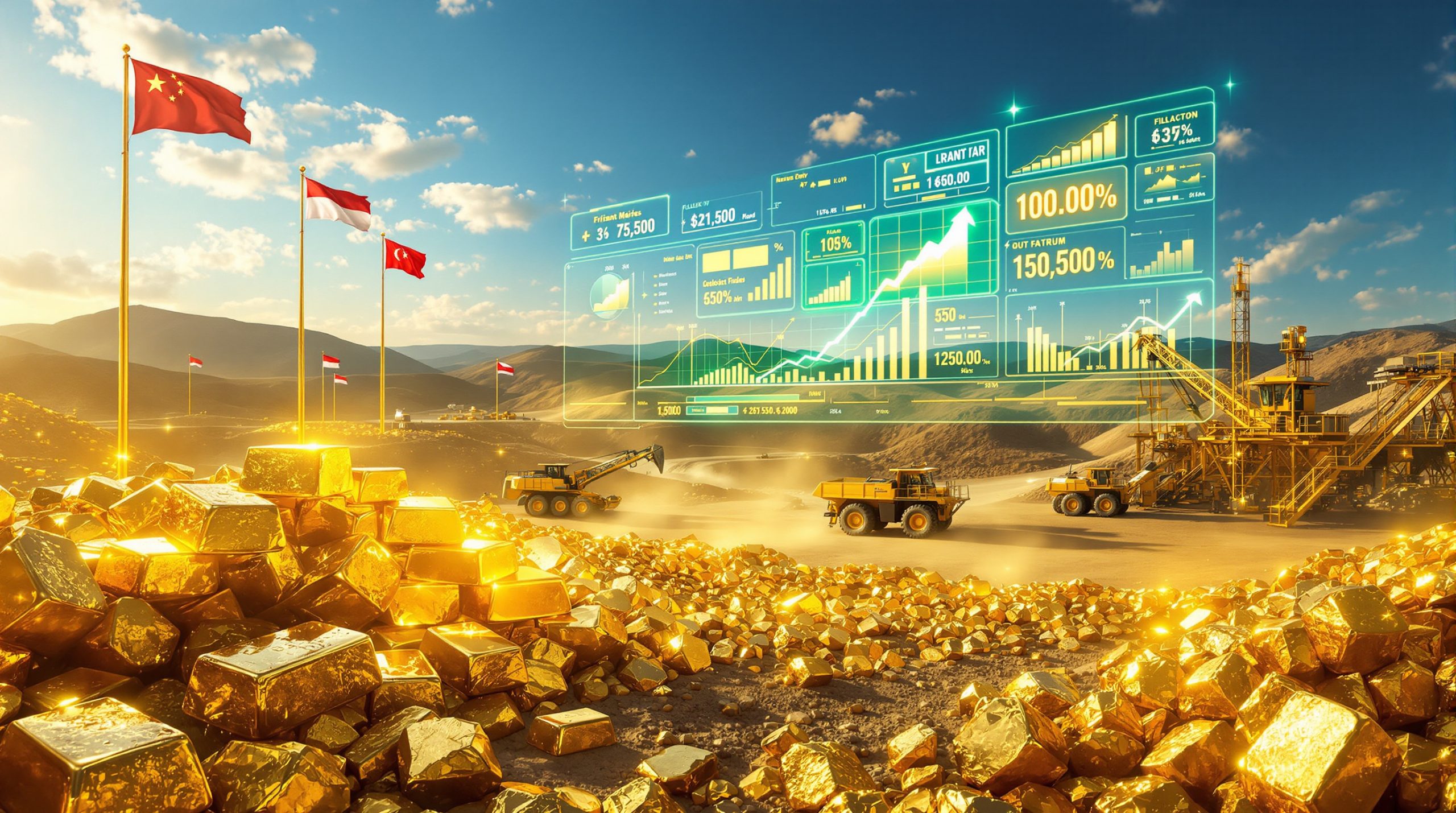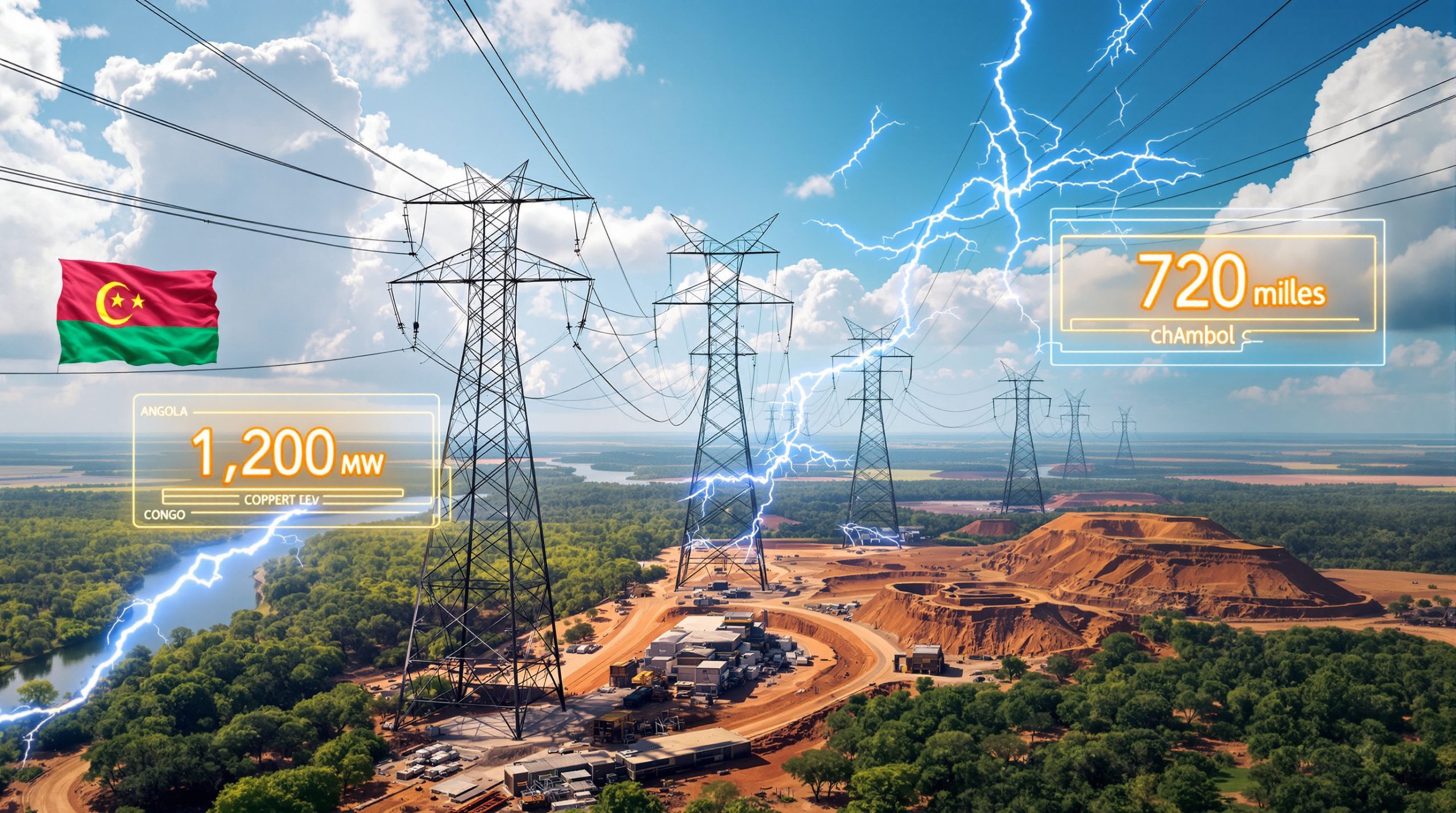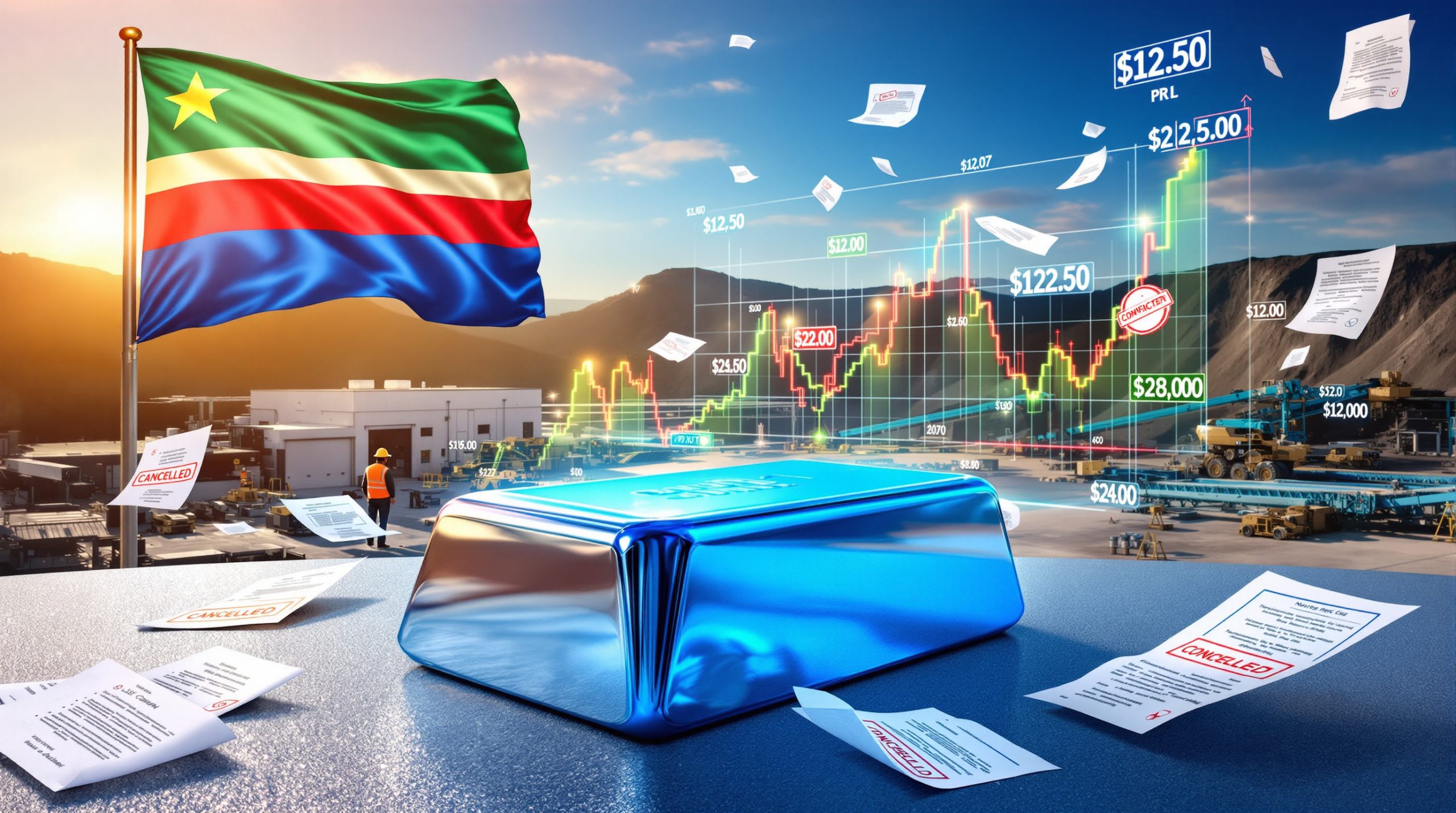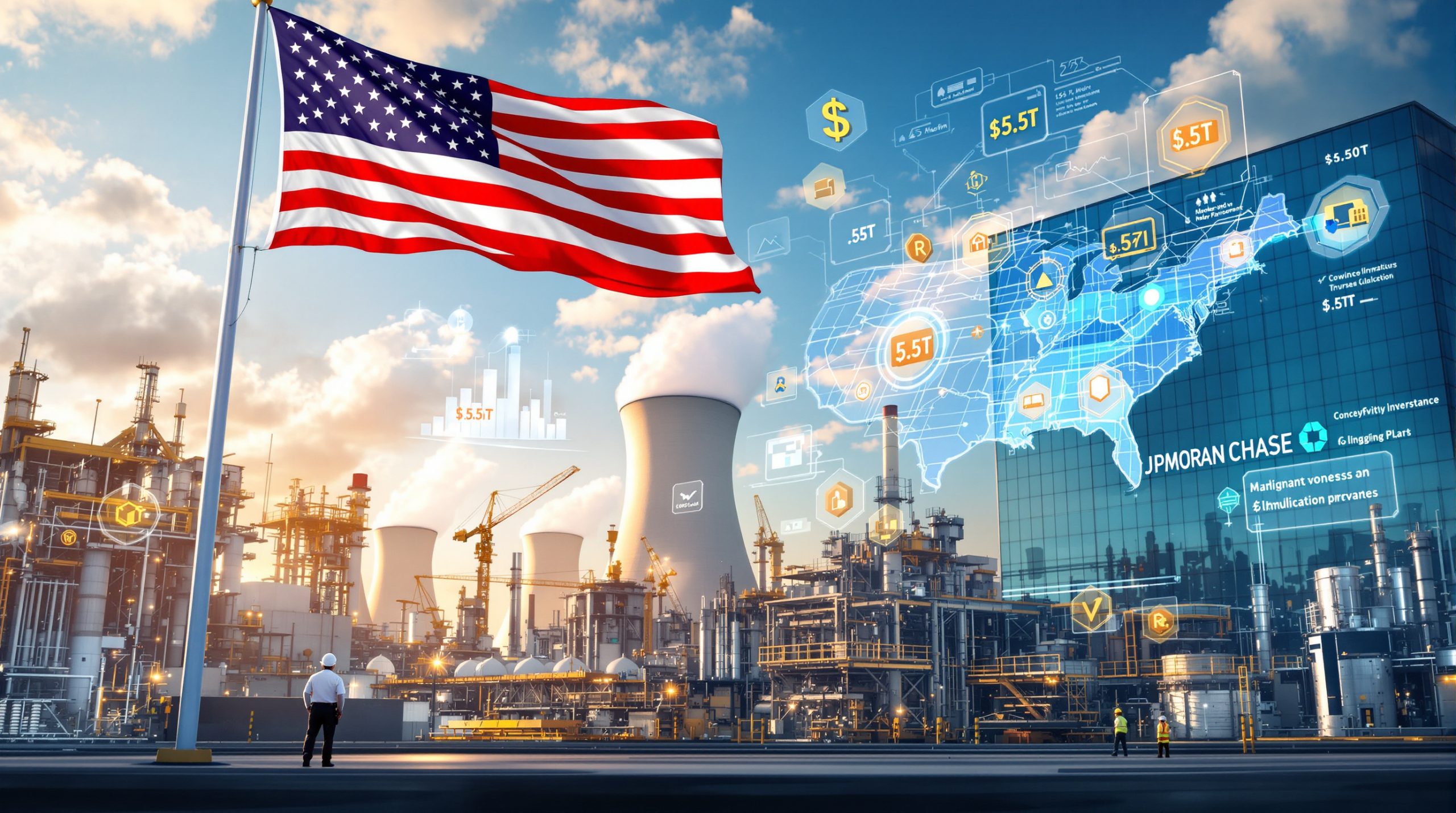## What Is Driving the Unprecedented Demand for Critical Minerals?
The global transition to clean energy is triggering an unprecedented surge in demand for critical minerals, ultimately fuelling the energy transition and critical minerals debate. According to International Energy Agency (IEA) forecasts, the clean energy transition will require vastly greater quantities of lithium, cobalt, nickel, and other minerals than ever before. In addition, mining’s crucial role in the clean energy transition is becoming a key narrative in policy discussions.
This mineral demand explosion is driven by two interconnected revolutions: electrified transportation and renewable power generation. Moreover, the rising focus on sustainability leads to enhanced scrutiny on raw material supply chains. Decarbonisation in mining and its impact on the clean energy transition provides further insight into how modern energy systems are adapting.
Current trends suggest that the world’s energy transition and critical minerals challenge will shape global markets in the coming decades. Furthermore, the balance between environmental sustainability and economic growth is under intense debate.
## How Will Lithium Demand Change by 2040?
Lithium stands at the epicentre of the clean energy mineral revolution. IEA projections indicate that lithium demand will grow over 40 times from 2020 levels by 2040. Consequently, annual consumption could reach around 4.7 million metric tons compared to 117,000 tons in 2020.
A typical electric vehicle battery requires significant amounts of lithium. In addition, revolutionizing lithium production with CV5 pegmatite is fundamentally altering extraction methods. Each electric vehicle uses around 60-80kg of lithium carbonate equivalent.
This surge in demand is also affecting battery-grade lithium prices. For instance, prices soared from $6,000 per ton in 2020 to peaks of $70,000 per ton in early 2023. Furthermore, experts have noted that every $10,000 increase in an electric vehicle's cost is linked to additional lithium input.
Concurrently, advancements such as direct lithium extraction (DLE) promising lower environmental impacts are receiving increasing attention. In addition, external assessments such as the iea critical minerals report provide detailed perspectives on these trends.
## Which Critical Minerals Are Most Vital for the Energy Transition?
While lithium captures headlines, several other minerals are equally crucial for the energy transition. Among the most significant are graphite, cobalt, nickel, manganese, rare earth elements, and copper. In addition, the energy transition and critical minerals discourse underscores the importance of secure supply chains.
– Graphite:
• Expected to grow 25-fold by 2040 and is essential for battery anodes.
• China currently controls 70% of global graphite production, which creates supply risks.
– Cobalt:
• Demand could increase 21 times by 2040.
• The Democratic Republic of Congo supplies 70% of production, raising both ethical and geopolitical concerns.
– Nickel:
• Demand is predicted to grow by 19 times.
• High-purity nickel is critical for advanced batteries.
– Manganese:
• Usage in nearly all lithium-ion batteries is predicted to grow eightfold.
• South Africa and Australia lead production while China dominates processing.
– Rare earth elements:
• Elements like neodymium and dysprosium are necessary for wind turbines and EV motors.
• China controls a vast majority of processing capacity.
– Copper:
• Although projected to double, copper remains critically important given its volume requirements.
• Renewables need significantly more copper than conventional power plants.
Additionally, innovations in battery chemistries, like Tesla’s 4680 cells and BYD’s blade batteries, are actively reducing some dependencies. Moreover, navigating the critical minerals race amid global resource nationalism offers insight into these complex dynamics.
## How Do Electric Vehicles Impact Critical Mineral Demand?
Electric vehicles (EVs) represent the single largest driver of critical mineral demand growth. An average EV typically requires six times more minerals than a conventional internal combustion engine vehicle.
Battery composition requirements vary significantly across different EV types. For instance, NMC811 batteries are popular in high-range electric vehicles, while LFP batteries dominate the mass-market. Consequently, the distinct mineral demands for each battery type are reshaping global supply chains.
- NMC811: Requires approximately 8kg lithium, 12kg nickel, and 1.3kg cobalt per 100kWh.
- LFP: Needs about 15kg lithium per 100kWh, eliminating the need for cobalt and nickel.
- Solid-state: In development and could potentially halve lithium requirements, while improving energy density.
Furthermore, battery chemistry evolution is significant. The shift towards higher nickel content in NMC batteries has reduced cobalt intensity while increasing nickel demand. This plays a pivotal role in the broader context of energy transition and critical minerals discussions.
Notably, analysts at UBS have warned about potential supply bottlenecks, such as nickel sulfate shortages that may delay large-scale EV production by 2027. In addition, market shifts are driving investments into more sustainable processing methods to ensure long-term supply security.
## What Role Do Renewable Energy Technologies Play in Mineral Demand?
Renewable energy technologies are also substantial drivers of critical mineral demand. Wind turbines, offshore installations, and solar panels each require unique combinations of raw materials to operate efficiently.
Wind turbines, especially offshore, depend heavily on rare earth elements. A typical 3MW direct-drive turbine contains around 600kg of rare earth materials. Larger 10-15MW offshore turbines can incorporate over 2 tonnes of these elements.
Solar panels require silver, silicon, copper, and newer materials like gallium. For example, a 100MW utility-scale solar installation may consume 2-4 tonnes of silver. Additionally, grid-scale lithium-ion batteries, essential for renewable integration, demand vast quantities of multiple minerals.
Infrastructure development for electrification also drives copper demand significantly. The IEA estimates that grid upgrades will require over 70 million tonnes of copper by 2040. Consequently, maintaining a stable supply of energy transition and critical minerals is essential for future networks.
Second-life applications for EV batteries are emerging as an innovative way to boost efficiency. These batteries often retain up to 95% efficiency after a decade of use in grid storage applications. Furthermore, companies like exploring europe’s battery recycling revolution and its opportunities are investing in research that could further optimise these applications.
## What Challenges Threaten Critical Mineral Supply Chains?
The complex supply chains for critical minerals face several interconnected challenges that may jeopardise the energy transition. Geopolitical concentration remains a primary risk. For instance, China dominates processing for lithium, cobalt, rare earths, and natural graphite.
In addition, the Democratic Republic of Congo and Indonesia exert significant control over cobalt and nickel production, respectively. Consequently, these geographical concentrations expose vulnerable points in the chain. Environmental concerns also complicate new developments. Traditional hard rock mining, for instance, consumes more water and generates higher carbon emissions.
Processing bottlenecks add to the problem. While mining capacities are increasing, midstream processing facilities often have long lead times, typically between 5-7 years. Capital expenditure and investment gaps further aggravate the issue, with estimates suggesting that over $400 billion in new investment is required by 2030.
Moreover, stringent regulatory hurdles and lengthy permitting timelines complicate rapid expansion efforts. These challenges highlight why the secure supply of energy transition and critical minerals is such a strategic necessity. In addition, external perspectives such as the irena report on energy geopolitics offer a broader international context.
## How Can Industry Ensure Sustainable Critical Mineral Sourcing?
Ensuring long-term mineral security requires a multi-faceted approach, including technological innovations and sustainable practices. First, new extraction methods such as direct lithium extraction reduce water usage by 90% compared to traditional methods. Additionally, bioleaching offers a less energy-intensive alternative to conventional copper and nickel extraction methods.
Recycling and circular economy initiatives are also showing great promise. Companies like Redwood Materials can recover up to 95% of battery metals from waste streams. In addition, recycled components are projected to fulfil 20-25% of lithium and cobalt demand by 2040.
Furthermore, material substitution is actively being explored. Sodium-ion batteries, which eliminate the need for lithium, are on the horizon, especially for stationary storage applications. This trend not only addresses supply constraints but also reduces overall environmental impact.
Responsible mining practices are fundamental to these efforts. Certification schemes, for example from the Initiative for Responsible Mining Assurance (IRMA), provide benchmarks for environmental and social performance. Finally, international frameworks and strategic partnerships are essential to build resilient global supply chains and secure the future of energy transition and critical minerals.
## What Investment Opportunities Exist in the Critical Minerals Sector?
The surge in demand for critical minerals is creating diverse investment opportunities across the value chain. First, mining project developments offer direct exposure to the commodity boom. New lithium projects, for example, typically require capital investments of between $500-700 million and have long development timelines, yet they promise attractive EBITDA margins.
In addition, refining and processing infrastructure is expanding rapidly.
– Diversification efforts are growing outside China, with Australian and European projects aimed at increasing domestic capacities.
– The EU, for instance, has introduced the Critical Raw Materials Act, targeting 40% domestic processing by 2030.
Furthermore, technology companies are investing in material efficiency innovations. Companies developing silicon anodes and dry electrode manufacturing processes are reducing overall mineral usage while increasing energy density. Additionally, battery recycling ventures are emerging as another growth area. Analysts project that the battery recycling market could grow to a value of around $24 billion by 2030.
Strategic partnerships further bolster investment prospects. Automakers are not only securing long-term offtake agreements but are also forging direct investments in mining companies. Notably, Volkswagen’s and GM’s investments in zero-carbon lithium and other sustainable initiatives exemplify how diversifying the supply chain is essential for the energy transition and critical minerals landscape.
## FAQ: Critical Minerals and the Energy Transition
Which countries control the largest reserves of critical minerals?
Lithium reserves are largely found in the "Lithium Triangle" (Chile, Australia, Argentina). Additionally, cobalt is mainly sourced from the DRC and Australia, while rare earth elements are abundant in China, Vietnam, and Brazil. However, production capabilities often tell a different story.
How do critical mineral supply chains impact national security?
Secure supply chains are central to national security owing to their role in both defence technologies and economic competitiveness. Many nations now maintain strategic stockpiles and implement domestic production incentives to reduce dependency, thereby safeguarding their energy transition and critical minerals strategies.
What technological breakthroughs could reduce dependency on certain minerals?
Solid-state batteries, hydrogen fuel cells, and superconducting generators are some breakthroughs that may reduce mineral dependency. For example, solid-state batteries could lower lithium requirements by about 50%, thereby easing supply pressures.
How might mineral prices evolve as demand increases?
Price volatility is expected to continue. Projections indicate that lithium prices could stabilise at significantly higher levels compared to historical averages. Meanwhile, shortages in cobalt and copper may add to upward price pressures in coming years.
What policy measures are governments implementing to secure critical mineral supplies?
Governments are rolling out strategic policies. The US Inflation Reduction Act, for example, offers tax credits for domestic battery manufacturing, while the EU’s Critical Raw Materials Act sets clear domestic production targets. These measures are designed to ensure a secure supply of energy transition and critical minerals while boosting domestic industries.
## Conclusion: Securing the Foundation of the Clean Energy Future
The unprecedented demand for critical minerals presents both enormous challenges and unique opportunities for global markets. Securing sustainable, ethical, and adequate supplies will determine the success of worldwide energy strategies. In addition, a coordinated effort spanning technological innovation, international cooperation, and policy support is vital.
As the world accelerates towards a clean energy future, the emphasis on robust supply chains is ever more pressing. Decisions made today regarding mining expansion, recycling methods, and resource efficiency will shape our tomorrow. In this regard, addressing the demands of energy transition and critical minerals has become as important as the development of renewable energy technologies themselves.
Ultimately, the companies, countries, and investors who strategically address these mineral imperatives will lead the new energy economy. Their actions will help to build resilient, sustainable infrastructure. Consequently, the race for the mineral foundation of our clean energy future is already underway, with lasting impacts on both the global economy and the environment for generations to come.
Looking to Stay Ahead of Major Mineral Discoveries in the ASX Market?
Don't miss out on the next big opportunity in critical minerals. Visit Discovery Alert's discoveries page to see how their proprietary Discovery IQ model instantly alerts investors to significant ASX mineral discoveries, giving you the market edge in this unprecedented resource boom.




